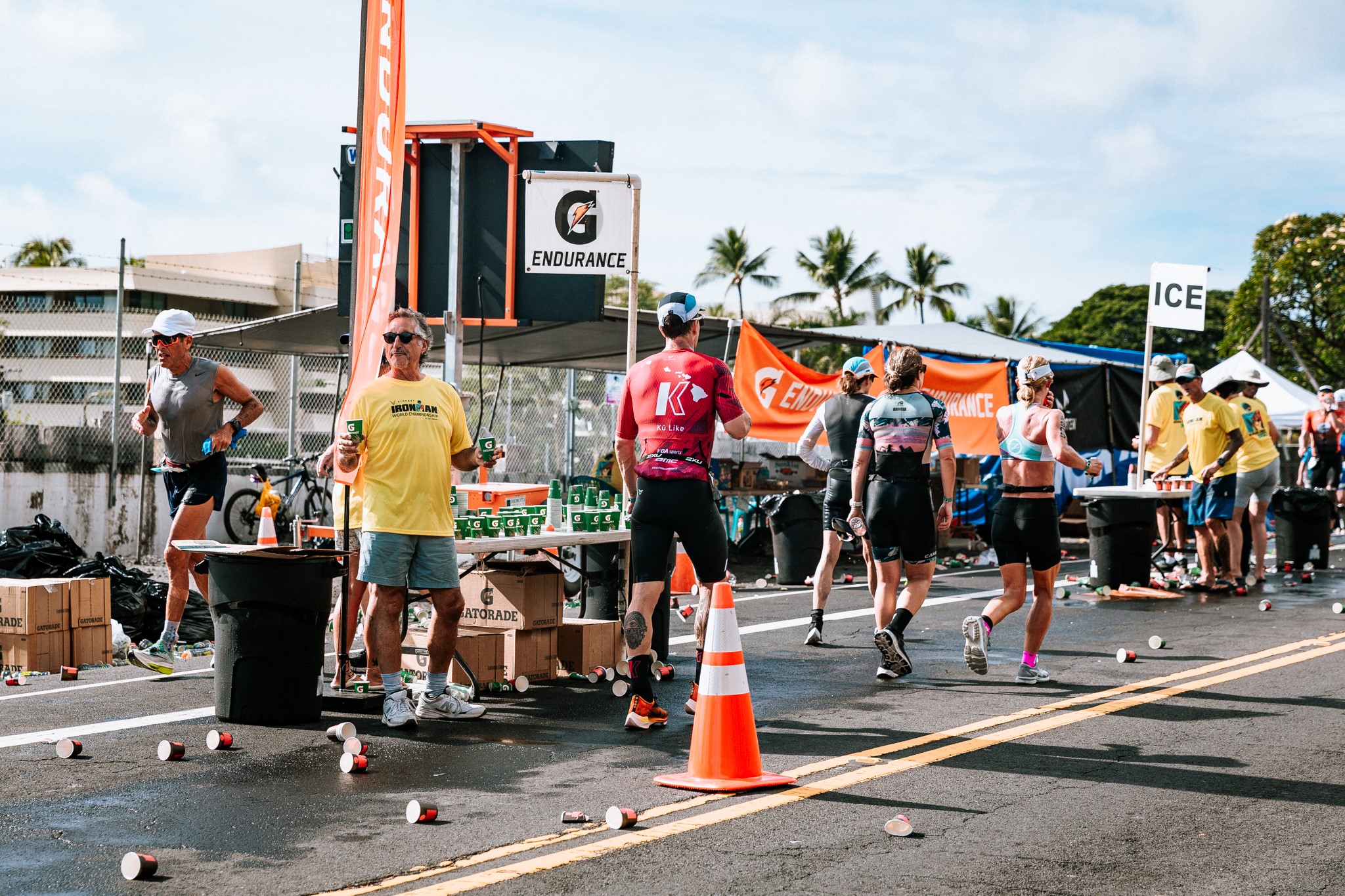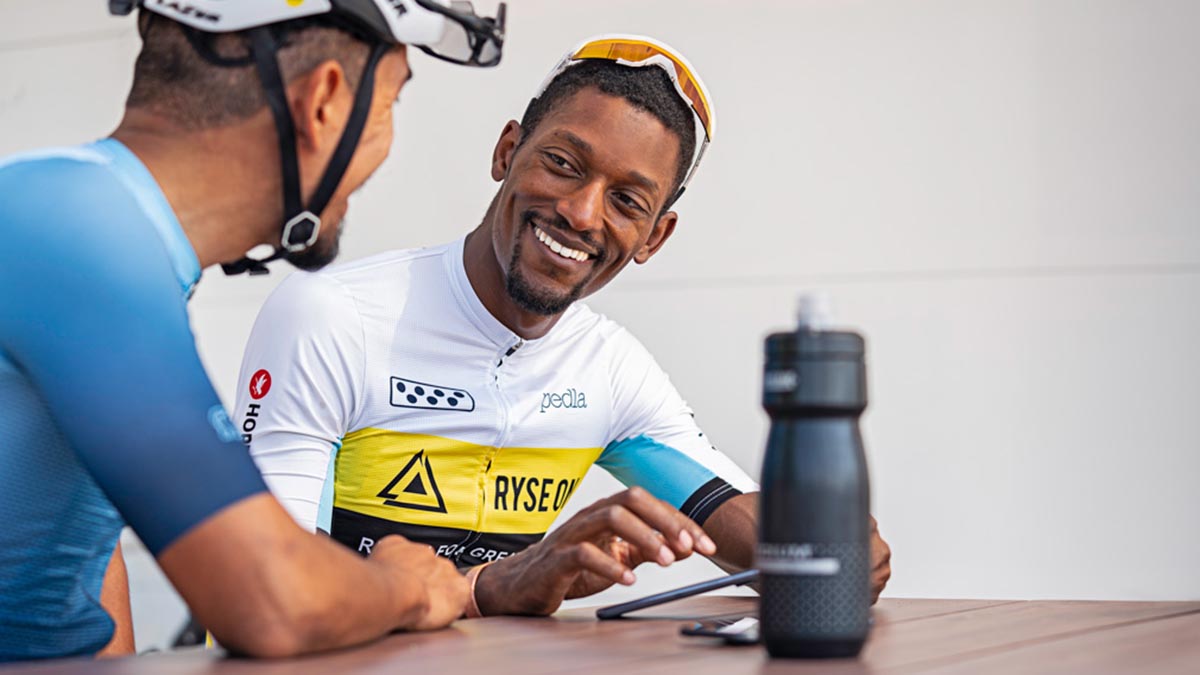Throughout my career as a coach, I’ve encountered some wild superstitions among athletes. Sunscreen on the left arm (not the right), red elastic band tied to the right cycling shoe (not the left), swim cap worn inside out… the list goes on and on. Typically, these superstitions are born out of a successful result on a previous occasion. It worked then, so it should work now. Sounds reasonable right?!
Superstitions are not to be confused with pre-race routines or a set of actions in a sequence. But could these irrational creations of the mind enhance performance for athletes? Or do they cause more harm than good?
Build Belief
Positive experiences build belief. It’s not something you can buy from the store or push through on your device; it’s hard-earned through persistence. Athletes who ooze confidence are brimming with belief in their ability to execute on the big day. Research has shown that superstitions boost an athlete’s self-efficacy, thereby increasing their likelihood of a well-executed performance.
Reduce Anxiety
Anxiety can impair an athlete’s ability to perform significantly. Expectations, a crowd of onlookers, and the impending pain from the race can result in a crushing heaviness on race day. Superstitions can certainly provide an athlete with an illusion of control and alleviate the stress associated with this anxiety an athlete can feel. As evidence shows, pre-race routines can be a very effective tool for enhancing an athlete’s performance on race day, and superstations can form part of this routine. A calm and controlled athlete has a far better chance of success on race day.
How Far is Too Far?
Is the athlete controlling the superstition, or is the superstition controlling the athlete? That is a question I ask myself as a coach regularly, and it’s definitely a fine line. Superstitions that become obsessive can totally stifle an athlete’s ability to perform on race day.
I’ve found the more lighthearted the superstition, the more effective it is. For example, we’ve all seen Rafa adjust his water bottles to face a certain way. In conversations with athletes and observations on race morning, a keen coach’s eye can evaluate whether a superstition is helping or hurting an athlete’s performance. When the athlete is aware that the superstition is irrational, in a strange way, the more comfortable I am as a coach.
So do superstitions do more harm than good? A successful athlete should be able to roll with the punches, and as long as their pre-race superstition isn’t taking over their mind and causing more anxiety, I think it could be an effective tool for mitigating stress and boosting confidence come race day.
References
Damisch, L., et al. (2010, May 28). Keep Your Fingers Crossed!: How Superstition Improves Performance. Retrieved from https://journals.sagepub.com/doi/10.1177/0956797610372631
Ofori, P., Tod, D., & Lavallee, D. (2015, May 12). An exploratory investigation of superstitious behaviours, coping, control strategies, and personal control in Ghanaian and British student-athletes. Retrieved from https://www.tandfonline.com/doi/abs/10.1080/1612197X.2016.1142460?journalCode=rijs20









